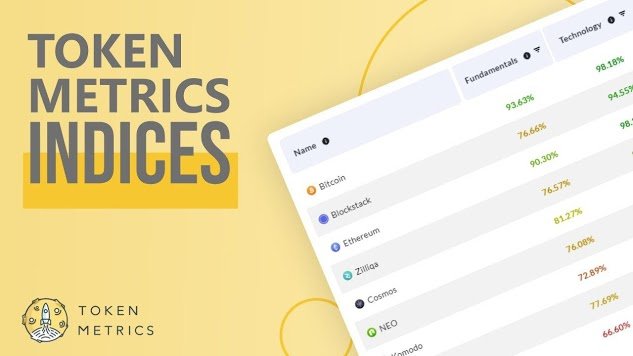Introduction to MDMs and Their Inefficiencies
Masked Diffusion Models (MDMs) are powerful tools for generating discrete data, such as text or symbolic sequences, by gradually unmasking tokens over time. In each step, tokens are either masked or unmasked. However, it’s been observed that many steps in the reverse process don’t change the sequence, leading to repeated processing of identical inputs and wasted computation. Up to 37% of steps may not update the sequence at all. This inefficiency highlights a key limitation in current MDMs, prompting the development of more efficient sampling methods that minimize idle steps and maximize the utilization of each generation step.
Evolution and Enhancements in MDMs
The concept of discrete diffusion models originated from early work on binary data, later expanding to practical applications such as text and image generation through various noise strategies. Recent efforts have refined MDMs by simplifying training objectives and exploring alternative latent representations. Enhancements include blending autoregressive methods with MDMs, guiding sampling with energy-based models, and selectively remasking tokens to boost output quality. Other studies have focused on distillation to reduce the number of sampling steps efficiently. Additionally, some methods use continuous noise (e.g., Gaussian) to model discrete data; however, approaches like Bit Diffusion struggle with intractable likelihoods due to their reliance on quantization.
Introducing Prime: A Partial Masking Scheme
Researchers from the Vector Institute, NVIDIA, and National Taiwan University introduced a method called Partial Masking (Prime) to enhance MDMs. Unlike traditional binary masking, Prime lets tokens assume intermediate states by masking sub-parts of a token’s encoded form. This allows the model to gradually reveal token information, improving prediction quality and reducing redundant computation. The enhanced model, MDM-Prime, achieves strong results, with lower perplexity on text (15.36 on OpenWebText) and competitive FID scores on image tasks (3.26 on CIFAR-10, 6.98 on ImageNet-32), outperforming previous MDMs and autoregressive models without utilizing autoregressive techniques.
Architecture and Training Improvements
MDM-Prime is a modified masked diffusion model that introduces partial masking at the sub-token level. Instead of treating each token as a single unit, they decompose it into a sequence of sub-tokens using an invertible function. This enables the model to generate smoother intermediate states during diffusion, thereby reducing the number of idle steps. The reverse process is trained using a variational bound over these sub-tokens. To address dependencies among sub-tokens and avoid invalid outputs, the model learns a joint probability distribution while filtering out inconsistent sequences. The architecture includes an efficient encoder-decoder design optimized for sub-token processing.
Empirical Evaluation on Text and Image Tasks
The study evaluates MDM-Prime on both text and image generation tasks. On text generation using the OpenWebText dataset, MDM-Prime shows significant improvements in perplexity and idle step ratio, especially when the sub-token granularity ℓ ≥ 4. It outperforms previous methods without relying on autoregressive strategies and generalizes well across various zero-shot benchmarks. For image generation on CIFAR-10 and ImageNet-32, MDM-Prime with ℓ = 2 achieves better sample quality and lower FID scores compared to baselines, while being more efficient. It also performs well in conditional image generation tasks, producing coherent outputs by predicting masked sub-tokens from partially observed images.
Conclusion and Broader Implications
In conclusion, scientific understanding has evolved from viewing atoms as the smallest units of matter to recognizing more fundamental particles, as evidenced by discoveries such as the electron and the Standard Model. Similarly, in generative modeling, the study introduces Prime, a method that breaks down discrete data tokens into finer sub-token components. Built on MDMs, Prime improves efficiency by allowing tokens to exist in intermediate states, avoiding repeated computation on unchanged inputs. This enables more detailed and expressive modeling. Their approach outperforms previous methods in both text (with a perplexity of 15.36) and image generation (achieving competitive FID scores), offering a powerful tool for precise data generation.
Check out the Paper, Project Page and GitHub Page. All credit for this research goes to the researchers of this project. Also, feel free to follow us on Twitter and don’t forget to join our 100k+ ML SubReddit and Subscribe to our Newsletter.
Sana Hassan, a consulting intern at Marktechpost and dual-degree student at IIT Madras, is passionate about applying technology and AI to address real-world challenges. With a keen interest in solving practical problems, he brings a fresh perspective to the intersection of AI and real-life solutions.







